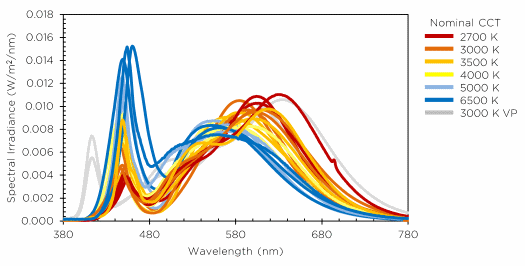lpsouth1978
New member
I have been out of the Reefing world for a little while now, but I am working on getting back in. I am in the process of deciding on my lighting and thought that I might go back to halides. My most successful tanks in the past have all been halide. I have been using LED basically since thier introduction and have built a number of lights from simple, to extremely complicated. While I had success with these, these tanks never did as well as my halide tanks.
That being said, I am having a heck of a time finding halide systems like those that used to be available. I LOVED my 72" halide/T5 fixtures, but I can NOT find anything like that now. I would like to avoid having multiple fixtures hanging over the tank, but I don't think I will have a choice. Based on my search, I would say that the life of the metal halide may already be declining. Halide may not be dead, but companies are no longer producing the fixtures that many halide users want. This could ultimately limit the number of people who choose to return to Halide's. As of now, I will likely end up with LED
s and T5's.
That being said, I am having a heck of a time finding halide systems like those that used to be available. I LOVED my 72" halide/T5 fixtures, but I can NOT find anything like that now. I would like to avoid having multiple fixtures hanging over the tank, but I don't think I will have a choice. Based on my search, I would say that the life of the metal halide may already be declining. Halide may not be dead, but companies are no longer producing the fixtures that many halide users want. This could ultimately limit the number of people who choose to return to Halide's. As of now, I will likely end up with LED
s and T5's.





